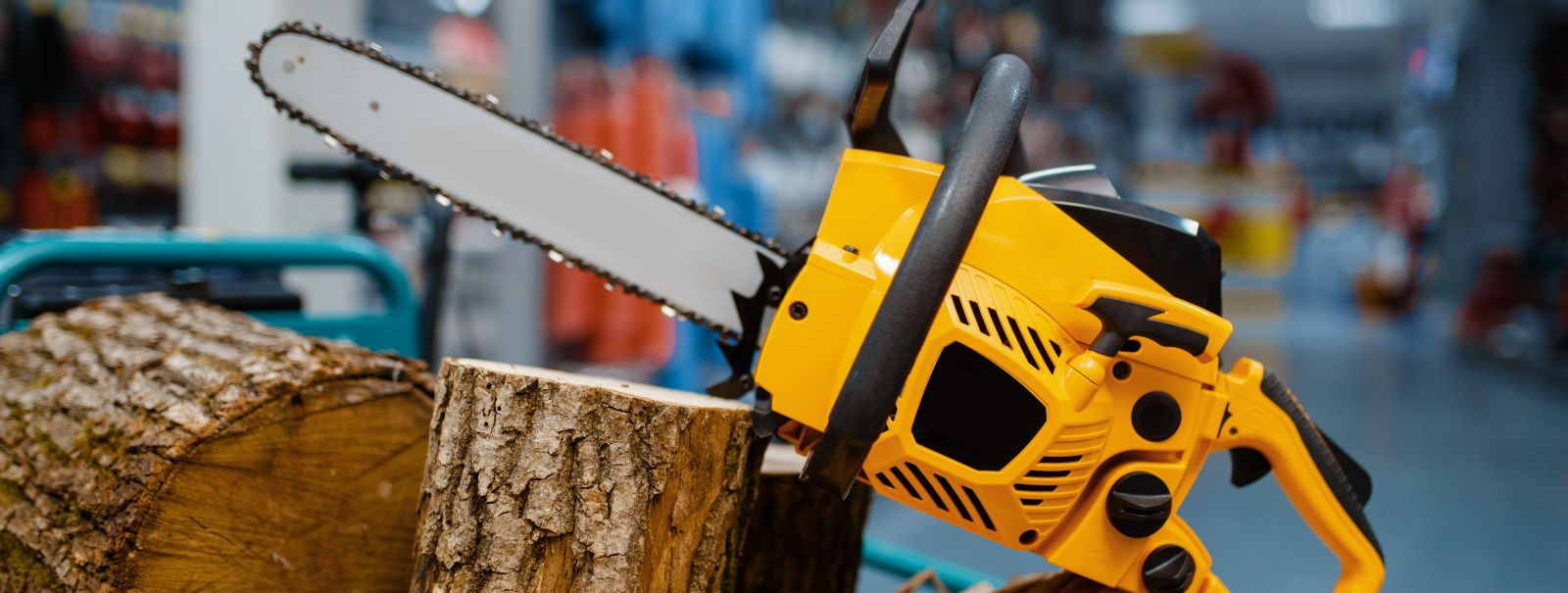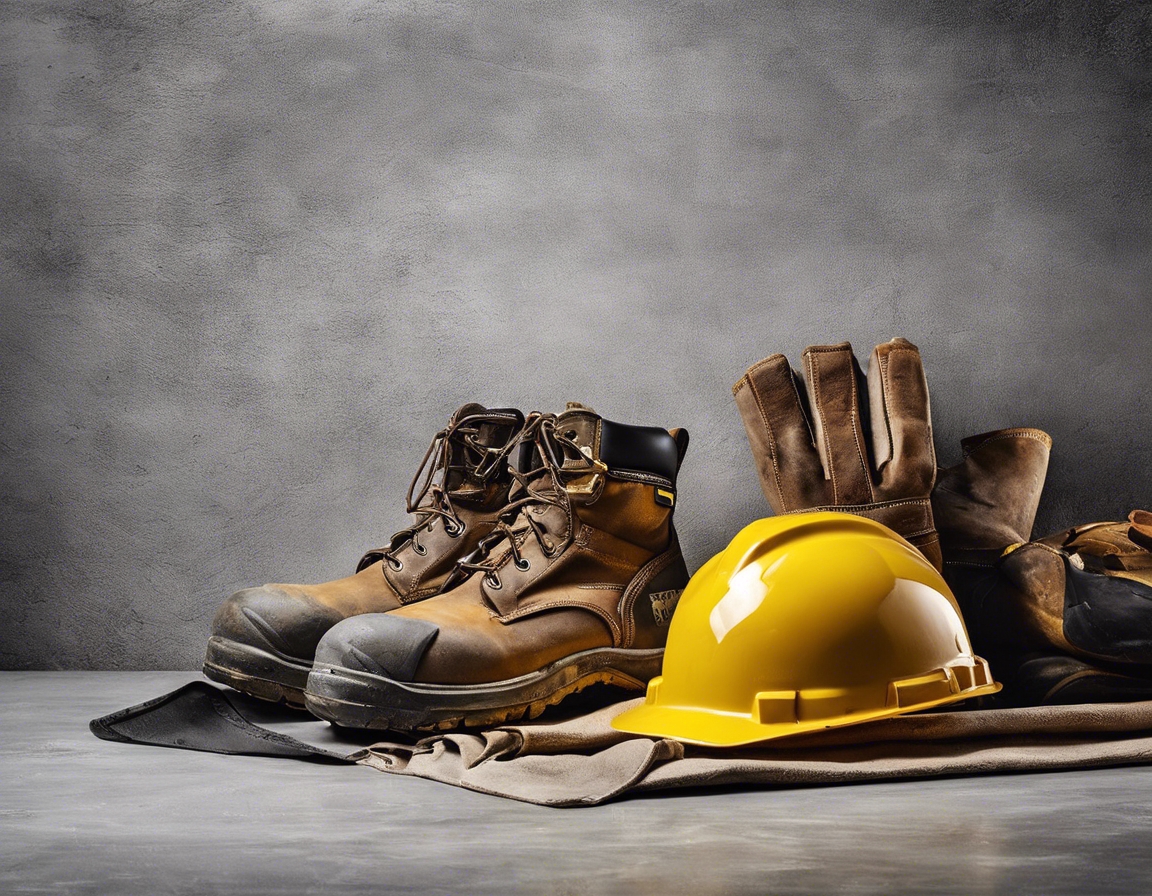The ultimate guide to choosing the right power tool
Power tools are the backbone of any construction, renovation, or DIY project. They are designed to make tasks easier, faster, and more efficient. From drilling holes to cutting through metal, the right power tool can make all the difference in the quality and speed of your work.
Choosing the correct power tool is crucial for both safety and project success. A mismatched tool can lead to poor results, increased project time, and even accidents. Therefore, understanding how to select the right power tool is an essential skill for our target audience.
Types of Power Tools
Drills and drivers are fundamental for any toolkit. They are used for making holes, driving screws, and fastening materials together. When selecting a drill, consider the type (corded or cordless), power, speed settings, and chuck size.
Saws come in various forms, including circular saws, jigsaws, miter saws, and reciprocating saws. Each saw is tailored for specific cuts and materials. Look at the blade type, power output, and ease of blade change when choosing a saw.
Sanders are used to smooth surfaces and are essential for finishing work. Orbital sanders, belt sanders, and detail sanders each serve different purposes. Key features to consider include the sanding mechanism, power, and dust collection capabilities.
Grinders are powerful tools for cutting, grinding, and polishing materials. Angle grinders, bench grinders, and die grinders each have their own applications. Important factors to consider are the disc size, power, and variable speed options.
There are also specialty power tools like rotary tools, nail guns, and planers. These tools are designed for specific tasks and choosing the right one depends on the job requirements.
Factors to Consider When Choosing Power Tools
Power tools can be corded, cordless, or pneumatic. Corded tools offer consistent power, while cordless tools provide portability. Pneumatic tools require an air compressor but are powerful and lightweight.
The performance of a power tool is often measured in RPM (revolutions per minute) or SPM (strokes per minute). Higher performance tools can handle tougher jobs, but may not always be necessary for simpler tasks.
Comfort is key when using power tools for extended periods. Look for tools with ergonomic designs, padded grips, and low vibration to reduce fatigue.
Durability is important for tools that will be used frequently. Research brands with good reputations for quality and reliability. This can save money and frustration in the long run.
Power tools are an investment. While it's important to stay within budget, consider the long-term value of a tool. Sometimes, spending a bit more upfront can lead to savings on replacements and repairs.
A good warranty and reliable customer service can be invaluable. Look for companies that offer comprehensive warranties and have a reputation for excellent after-sales support.
Additional Considerations
Safety should never be compromised. Check for tools with safety features like automatic shut-off, blade guards, and lock-off switches.
The versatility of a power tool can be greatly enhanced by its accessories and attachments. Consider what is included with the tool and what is available for purchase separately.
Customer feedback can provide real-world insights into a tool's performance and reliability. Look for products with high ratings and read reviews to gauge user satisfaction.
Consider the environmental impact of the tools you purchase. Look for energy-efficient models and brands that have a commitment to sustainability.
Where to Buy Power Tools
Deciding where to buy power tools can affect price, availability, and convenience. Online shopping offers a wider selection and the convenience of delivery, while in-store shopping allows for hands-on testing and immediate purchase.
It's important to purchase from reputable retailers and brands. SIRPA OÜ offers a curated selection of quality power tools and accessories, ensuring that you get the best products for your needs.






Comments (0)